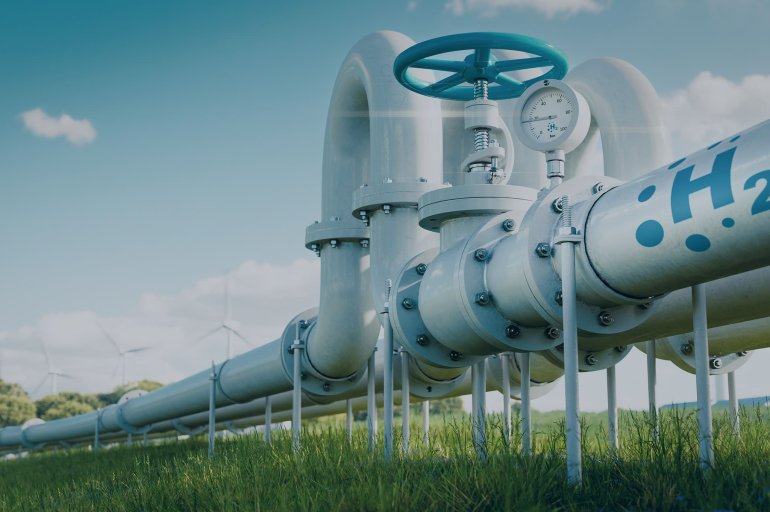Valves for Hydrogen Service

A hydrogen valve is a type of valve that is used for hydrogen at very low temperatures or high pressures in hydrogen storage or for example hydrogen vehicles. They are a safety-critical component in hydrogen fuelling stations as they control the flow of gaseous hydrogen. In case of a potential hydrogen release or leakage source, the valves are essential to shutting down systems in an emergency.
Modern hydrogen applications demand durable valves besides the challenges with the media hydrogen they also often have to operate reliably under high pressure or at extremely low temperatures. There are some challenges that industries have to face.
Hydrogen has traditionally been used in Oil & Gas applications such as Petroleum refining, Glass purification, and Fertilizer production, etc., These hydrogen applications have constituted a stable but limited market for the valve industry for many years. In modern applications, hydrogen is increasingly being used as an energy carrier for the storage and delivery of large amounts of energy.
Even though containers, pipes, and valves for hydrogen use have existed for a long time, modern applications place higher demands on the performance of these components under more extreme conditions. Some of these applications require gas storage at high pressure and at extremely low temperatures.
The extreme conditions demand specially designed valves that can perform reliably under these conditions
Generally, the valve castings of the Hydrogen service are recommended for Radiographic quality. The joints of the Body, Bonnet, Cover, and Stuffing box shall have low emission, so it shall be Helium leak tested as per ASME Section V (Detector probe technique)
Brinell hardness shall not exceed 200 BHN for Carbon steel and 225 BHN for Alloy steel. Charpy V notch impact testing is to be done for the valve material of CS and AS.
SS castings must be solution heat treated and pickled condition. Critical body-bonnet sections must be radiographed. DP shall be done for SS castings.
The extremely flammable nature of hydrogen coupled with its ability to embrittle metals presents significant challenges in valve design and construction.
Metals and non-metallic materials used in the construction of hydrogen valves must be compatible with hydrogen. It must also be ensured that further processing of these materials does not make them vulnerable to hydrogen embrittlement.
Finally, it is essential that valves be suitably tested to ensure that they are leakage free.
If valves for hydrogen service are selected with specific considerations in mind, they can be safely operated for an extended period of time.
The hopes of achieving a net carbon-neutral economy during the next three decades rest heavily on the production and use of green hydrogen. Hydrogen valves are key components in the safe production, storage, transportation, and use of hydrogen.
The use of hydrogen as an energy carrier is an important part of a reduced CO2 future. The availability of safe and suitable hydrogen service valves is not an obstacle to the realization of this goal.
